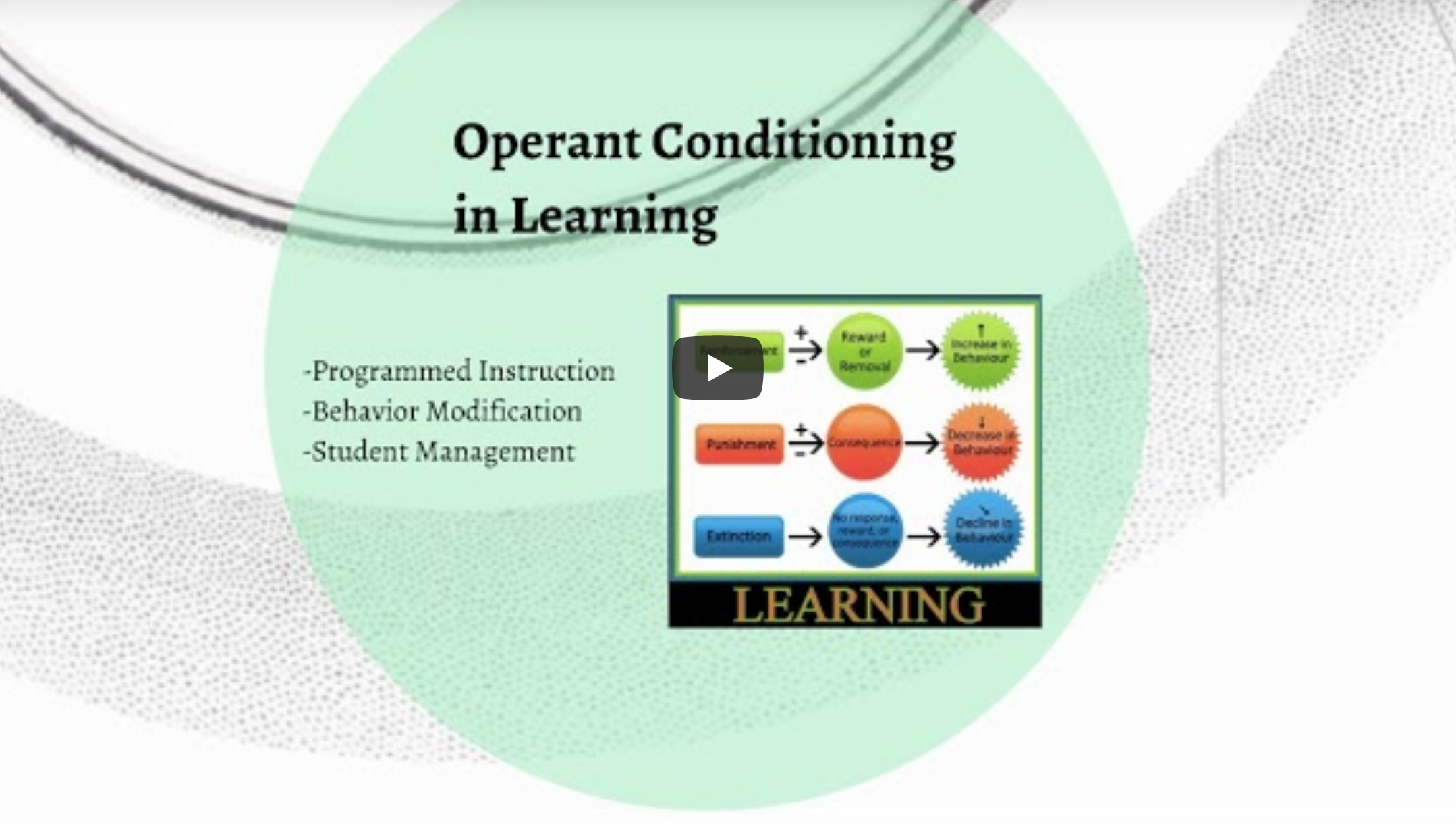Instructional Design Models and Theories: Operant Conditioning Theory
The components of Operant Conditioning are Reinforcement and Punishment. There is positive and negative reinforcement, as well as positive and negative punishment. Positive reinforcing, such as praising or rewarding, strengthens a certain behavior, while negative reinforcing involves the removal of an outcome after the display of a certain behavior.
In both cases, the behavior increases. On the other hand, positive punishment involves the presentation of an unfavorable event that will weaken the occurring response, while negative punishment involves the removal of a favorable event after the occurrence of a certain behavior. In these cases, the behavior decreases.
This latest session in UTO Training’s ongoing series on Instructional Design will discuss Operant Conditioning and how it is used in instructional design today. For questions about this training contact Chris Lee at Christopher.nigel.lee@asu.edu and check out the ASU UTO website for upcoming workshops and studio hours at: http://links.asu.edu/utotraining



